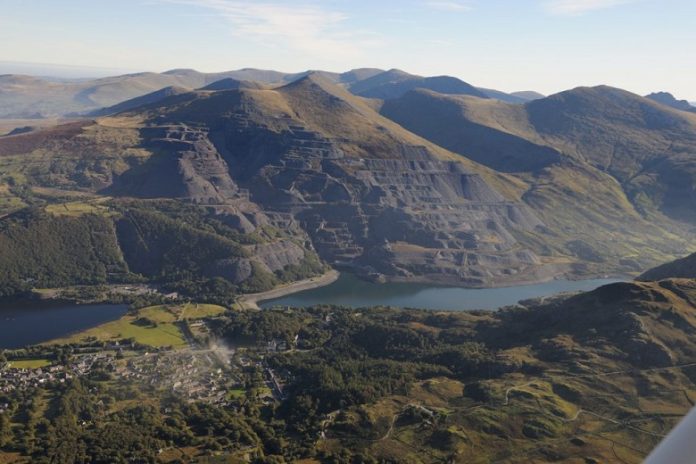The Slate Landscape joins the City of Bath, Old and New Towns of Edinburgh, Ironbridge Gorge, and Pontcysyllte Aqueduct as historic landscapes of Outstanding Universal Value in the UK, and it is the UK’s 33rd World Heritage Site and the 4th site in Wales.
The successful Nomination bid was led by Gwynedd Council on behalf of a partnership which included the Royal Commission, as well as the Welsh Government – Cadw, Snowdonia National Park Authority, Amgueddfa Cymru – National Museum Wales, Bangor University, and The National Trust.
It is the culmination of many years hard work by the partners to record, safeguard and recognise the living legacy of the slate landscape of Gwynedd both locally and worldwide and, as today’s announcement has shown, they have been outstandingly successful. The Nomination document emphasized the importance of culture as well as industry, specifying: “the Slate Landscape of Northwest Wales … represents an exceptional example of an industrial cultural landscape that was profoundly shaped by large-scale slate quarrying and underground mining, and by the working and transport of slate for national and international markets.”
By the 1890s the Welsh slate industry employed approximately 17,000 workers and produced almost 500,000 tonnes of slate a year, around a third of all roofing slate used in the world in the late 19th century. The industry had a huge impact on global architecture with Welsh slate used on buildings across the globe, including Westminster Hall in London’s Houses of Parliament, Melbourne’s Royal Exhibition Building, and Copenhagen City Hall in Denmark. In 1830, half the buildings in New York had roofs of Welsh slate.
This is the time to celebrate the heritage of the Northwest Wales slate industry in all its rich diversity. The communities of the Slate Landscape of Northwest Wales continue to be innovative, and this designation as a World Heritage site recognises the distinctive cultural landscape of Welsh slate and its contribution to world history.
Source: rcahmw.gov.uk








































